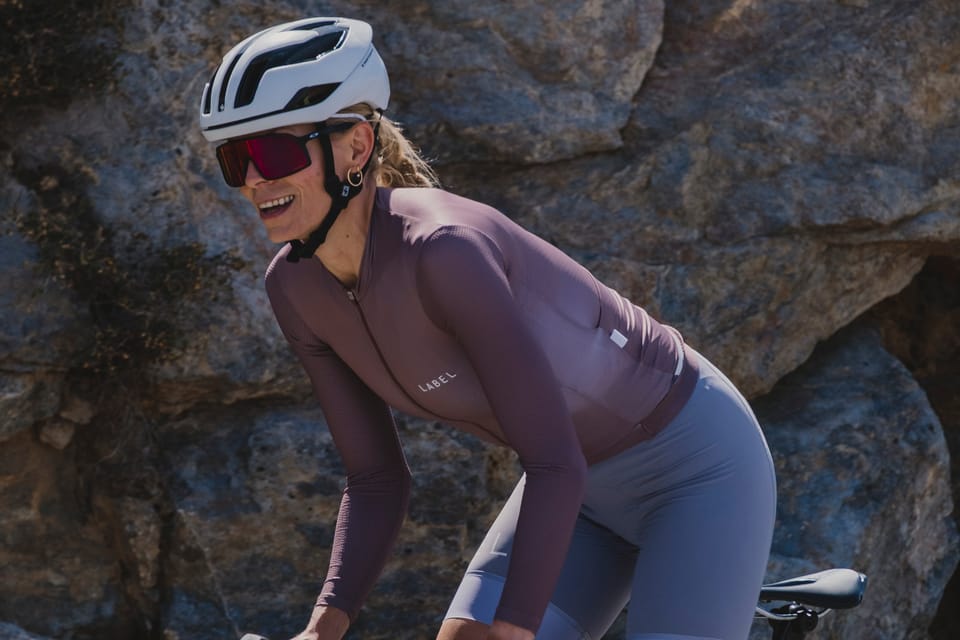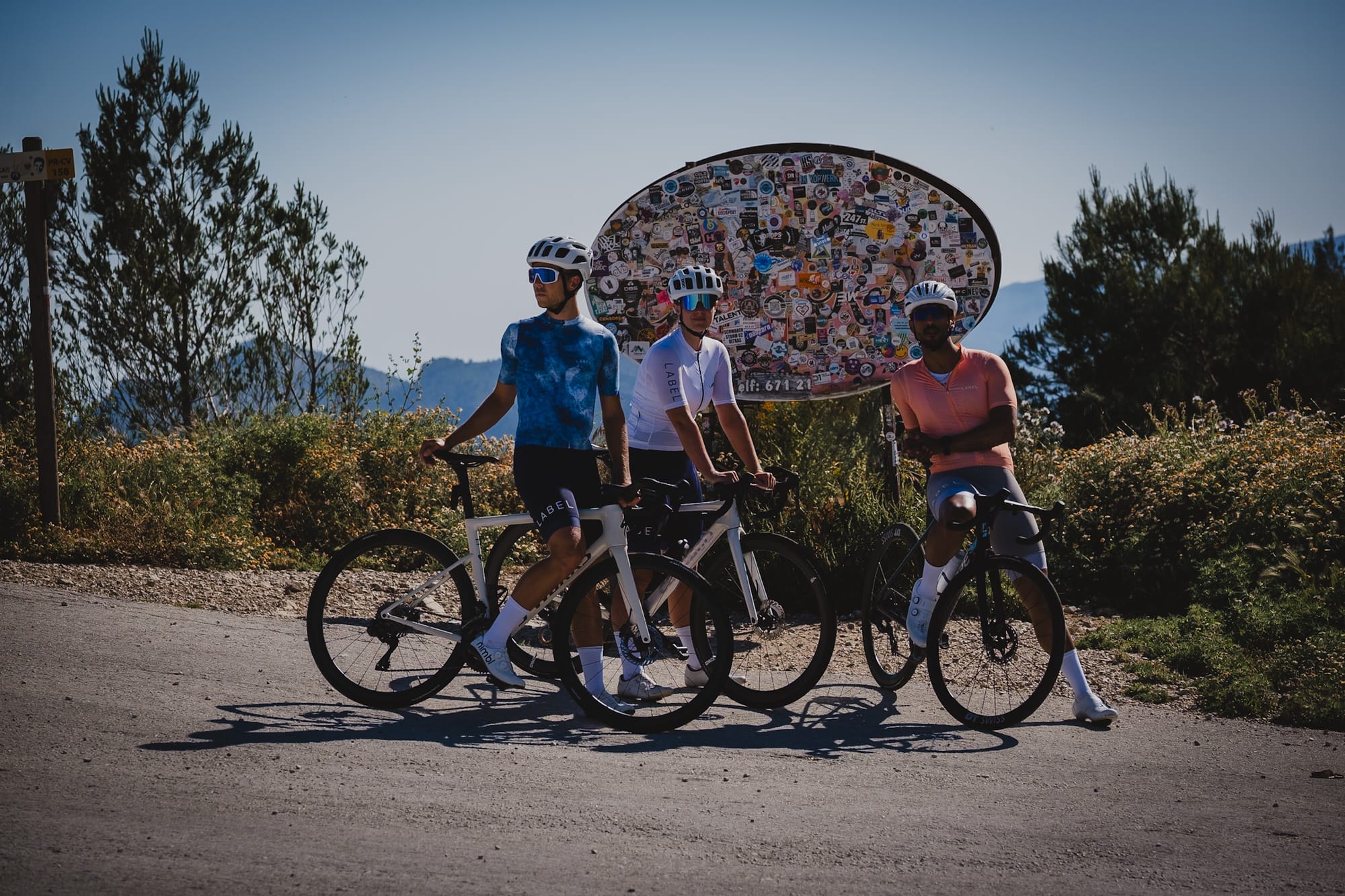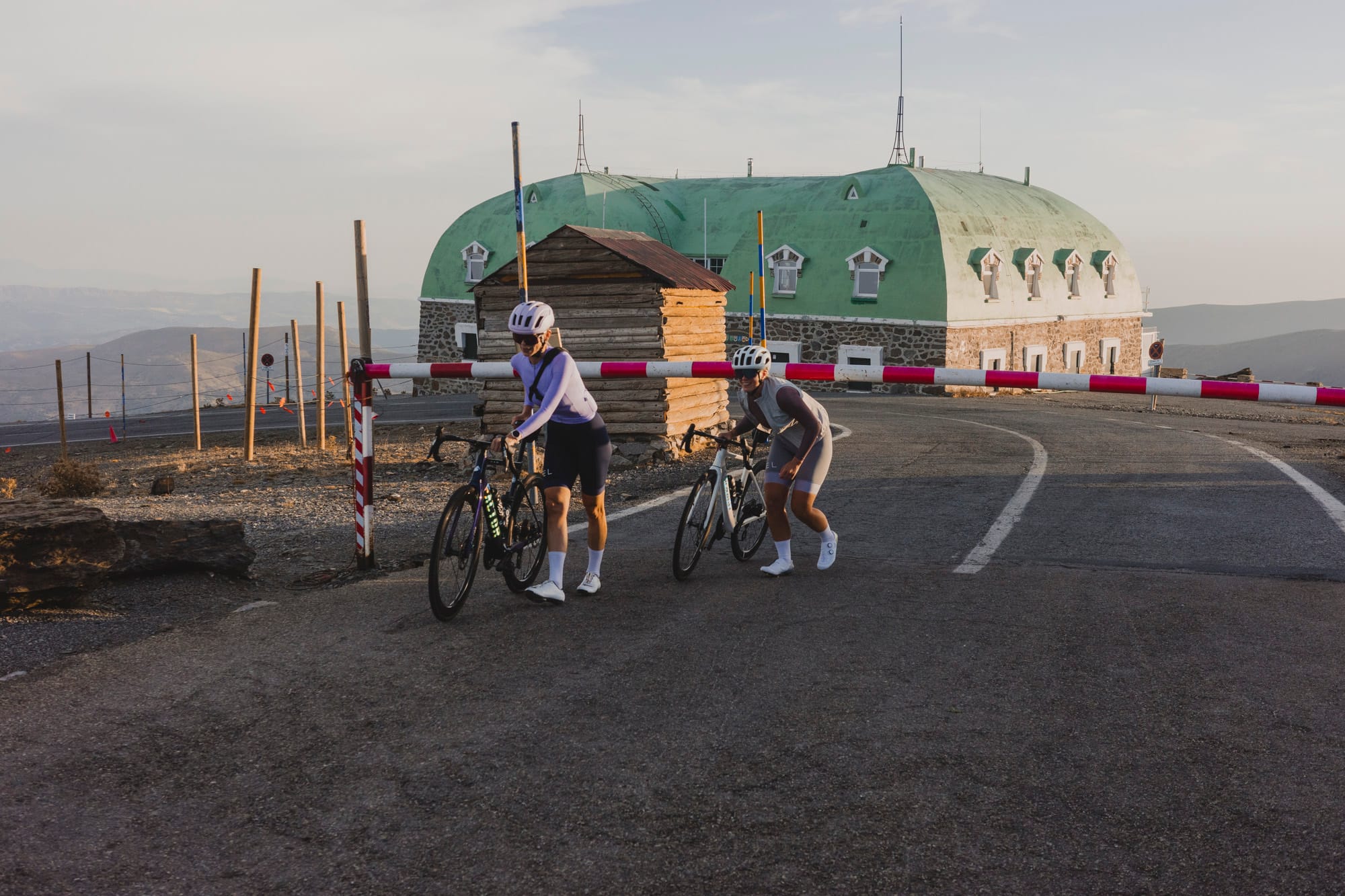What We Choose to Carry

Balance over perfection in the journey of cycling towards sustainability
Cycling is often considered as one of the cleanest ways to move, and it mostly is.
Swapping a car for a bike can cut daily transport emissions by up to 80%, according to research. For cities, every kilometre cycled instead of driven means cleaner air, less noise, and healthier communities. But we understand while there are tremendous gains coming from less driving, not everyone of us can swap easily.
Not everyone of us has the same means, living situations or physical abilities.
And then, sustainability doesn’t stop when the ride begins. The bikes we ride, the jerseys we wear, and the factories that make them all leave a footprint. I do not think the question is IF cycling is sustainable. It is HOW we, as individuals and businesses, can make it better.
Where the Journey Started
I bought my first road bike in 2022, after a series of knee surgeries. Cycling was one of the few things I could still do, and it quietly rebuilt both my body and my life. The more I rode, the more I realised how connected everything was - performance, mindset, design, and responsibility. Still living in Amsterdam, it was easy to get rid of my car and just cycle and use the perfect network or Dutch public transport.
At the same time, my work in sustainability kept expanding. With backround in consultancy and finance, I serve as a board director and advisor, focusing on ESG, digitalisation, and the circular economy. Through KnowESG, a platform I co-founded, we help over 5,000 people each day access credible sustainability data and solutions.
Cycling and sustainability might seem far apart, but they share a simple truth — what you carry defines the journey.
Balance Over Perfection
Then, a move to Spain came. When we started Label Collective, we didn’t want to build another brand chasing trends or labels. We wanted to create performance clothing that respects both the planet and encourages everyone to be a part of a movement. The cycling Collective.
For a young brand, that means finding the right partners is absolutely curtail. With smaller quantities, and no compromise on quality or sustainability, surprisingly, our manufacturing partner in China came on the top of the list. Our factory is solar-powered, certified, and committed to ethical production.
They offer a wide range of recycled and upcycled fabrics, allowing us to combine the performance we expect with the responsibility we believe in. And not lastly, their process is almost seamless and impeccable – in many cases, way ahead of production in Europe.

Recycled fabrics aren’t the cheaper option. Conversation textile industry has been having for a long time. For example, recycled polyester can cost more than twice as much as virgin polyester, according to research by BCG and Systemiq. But for us, the value goes beyond price. These materials close loops, reduce reliance on virgin oil-based fibres, and give new purpose to what already exists.
It’s not about local versus global. It´s not about good and bad. It’s about responsible versus careless. Sustainability, by nature, is global — and when done transparently, collaboration becomes progress.
The Hidden Footprint
Cycling apparel, like any textile product, carries an environmental cost. Most of a garment’s footprint is created during production - from fabric manufacturing to energy use and transport. Even recycled fibres require processing and logistics.
That’s why durability and design matter. It’s one of the most powerful levers we have. WRAP research shows that lengthening a garment’s life by just nine months can slash its carbon, water, and waste footprints by around 20 %.

Repair and reuse aren’t symbolic acts, they’re strategy. In Sweden, studies suggest that repair alone accounts for roughly half the environmental benefit achieved when shifting from new to reused garments.
So when we talk about what we choose to carry - the fabrics, the stitching, the partners, we’re also deciding how many seasons our garments survive. Because every extra year of life is not just extra wear: it’s less material mined, fewer emissions, and a deeper statement of care.
What We Choose to Carry, Shapes the World
Sustainability isn’t about doing less. It’s about doing better.
For me, that means:
- Choosing transparency over appearances
- Prioritising long-term value over short-term gains
- Seeing sustainability as a mindset, not a marketing
- Perfection does not exist, but improvement do
- Financial sustainability is as important as environmental
We won’t solve sustainability with slogans or certificates alone. Frameworks like B Corp can help create accountability, but they don’t replace daily responsibility. Real impact comes from choices. Who you work with, what you make, and how you treat the people behind it.
Cycling has taught me that balance comes from movement, not stillness. Sustainability is no different. It’s not about being perfect; it’s about being aware, adaptable, and honest enough to keep improving.
Because what we choose to carry - as riders, as brands,

Member discussion